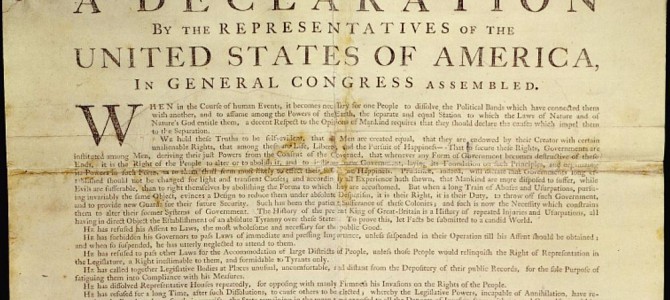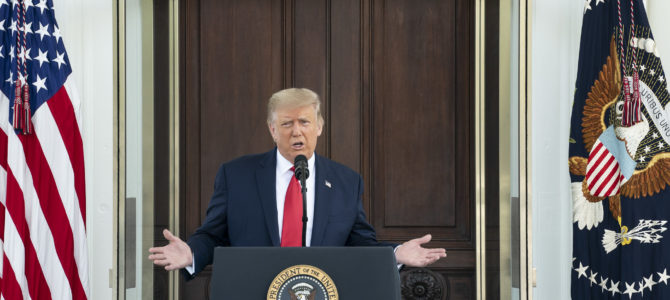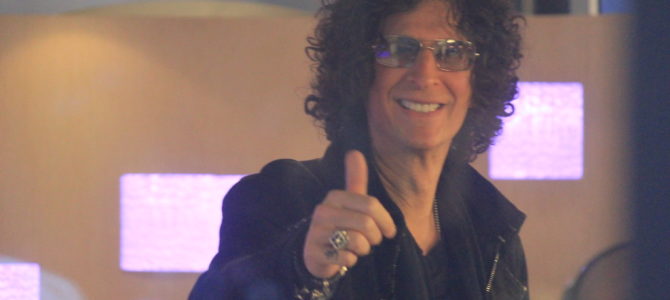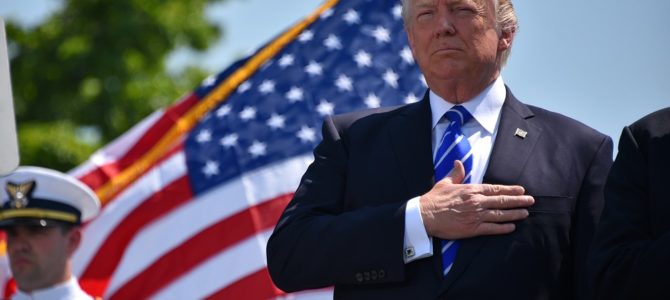PHILADEPHIA – Amid the protests and drama of the Democratic National Convention this week in Philadelphia, a collection of national treasures has quietly been taken out of its vault and put on display for the first time ever.
The Historical Society of Pennsylvania, a relatively small nonprofit founded in 1824 and housed in a four-story brick mansion downtown, has brought out its crown jewels this week for the convention. The collection on display includes the first and second handwritten drafts of the U.S. Constitution, the first and second printed drafts of the Constitution, the first Newport printing of the Declaration of Independence, and the first printer’s proof of the Declaration by John Dunlap, official printer to the Continental Congress.
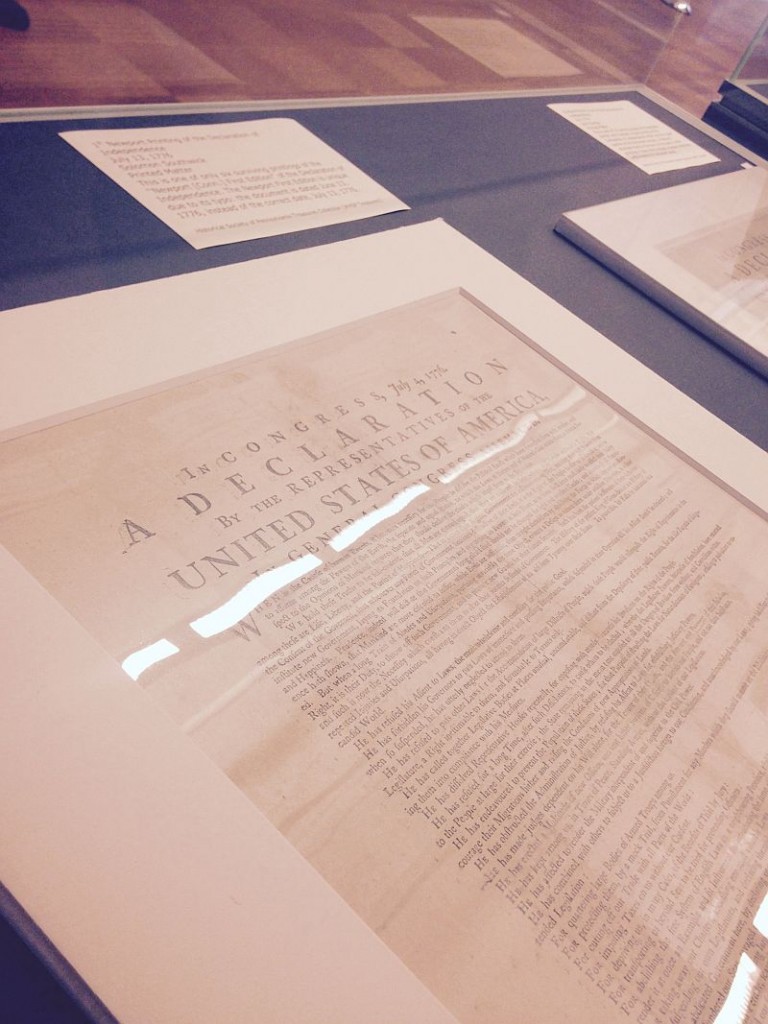
These documents, stored behind five separate locks in a vault on the upper floor of the building, have never been on display together. The exhibition is simple: four cases with drawers under them that viewers can pull out to view auxiliary documents and background material.
The principle documents are, as one might expect, quite fragile. Dr. Lee Arnold, the society’s library director and chief operating officer, told me they rarely loan the documents out to other institutions because if they’re out on display and exposed to light for six months, they have to go under lock and key, in the dark, for ten years. If they’re out for three months, they have to be kept in the dark for five years.
“We’re very careful about who we lend them to, and when,” he said, adding that for an exhibit like the one on display now, such measures aren’t necessary because the documents will only be out of the vault for a week.
In addition to the Constitution and the Declaration of Independence, the exhibit includes the first draft of the Articles of Confederation, written in June 1776 by John Dickinson, “the penman of the Revolution.” Dickinson’s draft is notable for several provisions that were eventually rejected by the Continental Congress, including protections for minority groups, religious tolerance, and a strong central government.
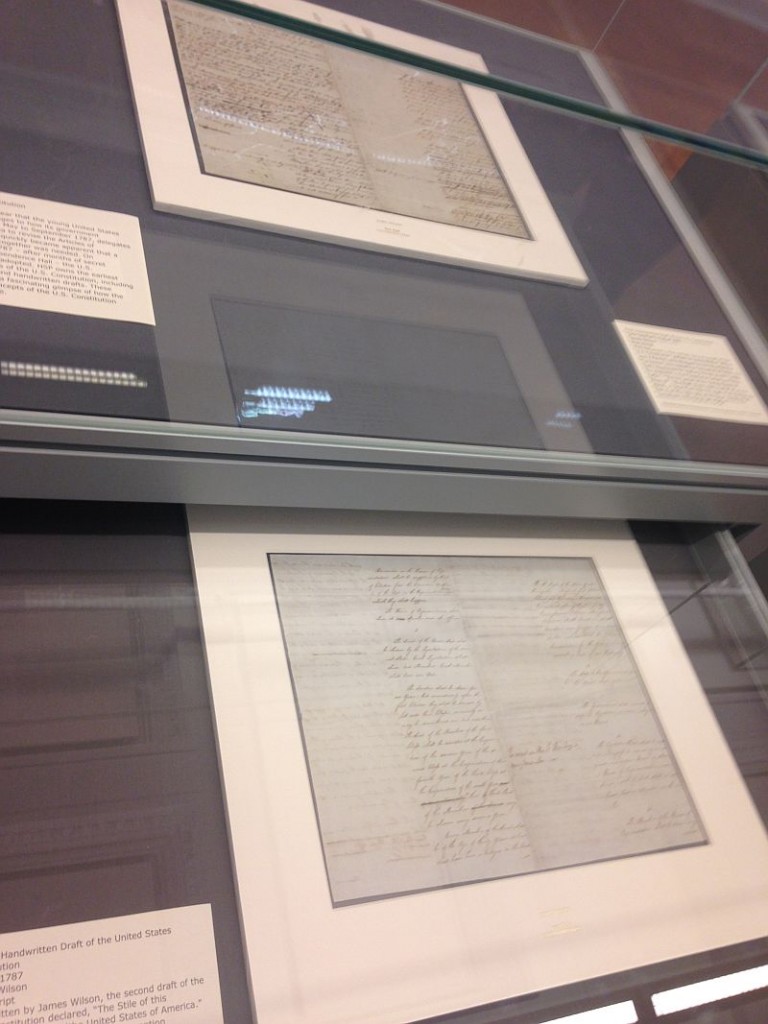
The exhibit also features a curious document from 1918, the “Unanimous Declaration of Men of Many Races in the United States of America.” It’s essentially a declaration of loyalty to the United States signed by “delegates” from 24 different ethnic groups. The document is styled on the Declaration of Independence, but directed at America’s direct foe at the time, Germany: “We hold these facts to be self-evident, that the German Emperor is in quest of world dominion, and that at every step taken in pursuit of his mad ambition he has tempted the German people to trample upon principles dear to the hearts of all who love America.”
That declaration’s background is an event that one can scarcely imagine happening today. On July 4, 1918, while American troops were away in Europe fighting World War I, 40,000 Americans of different nationalities marched down Philadelphia’s Broad Street to Independence Hall, where the delegates signed the declaration—including Chinese and “Assyrian” Americans, who signed in Chinese and Arabic script—and affirmed their support for the war against the Central Powers. The “Declaration of Men of Many Races” was a way for these new Americans to show their unwavering support for their adopted nation in a time of war, when tensions ran high among America’s many new ethnic groups—especially German and Irish immigrants.
National political conventions are for the most part empty spectacles. Since the advent of the primary system, they have very little practical purpose. If the party’s nominee is to be decided purely by the results of the primaries, why have a convention?
One reason is for the “convention bounce” that nominees usually get in the polls. But that comes from over-the-top media coverage, not any party business that might have been conducted at the convention. And what are the media covering? Mostly speeches and protests, sometimes the weather.
At a Democratic convention marked above all by an insurgency among Bernie Sanders supporters, whose idea of American progress is to jettison constitutional rule of law in favor of European-style socialism, perhaps the most controversial event in town is this quiet exhibition of our founding documents. If nothing else, they’re a startling reminder of who we used to be.
